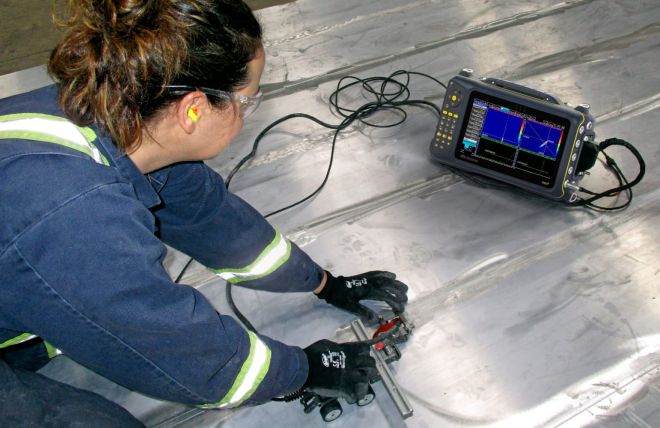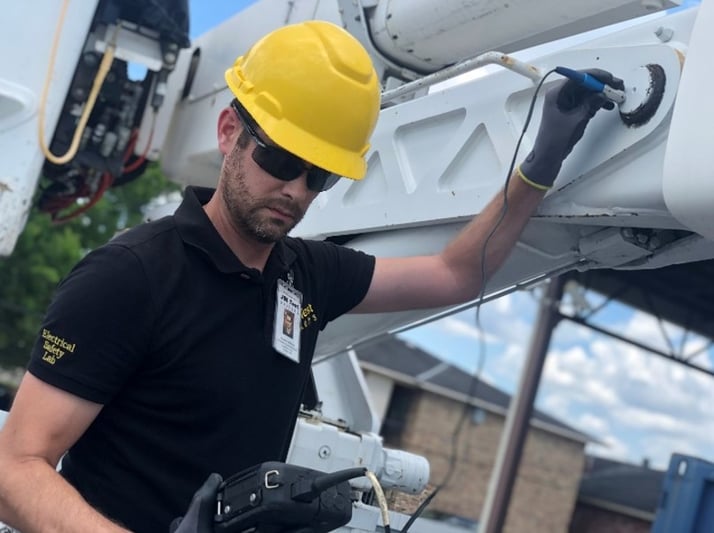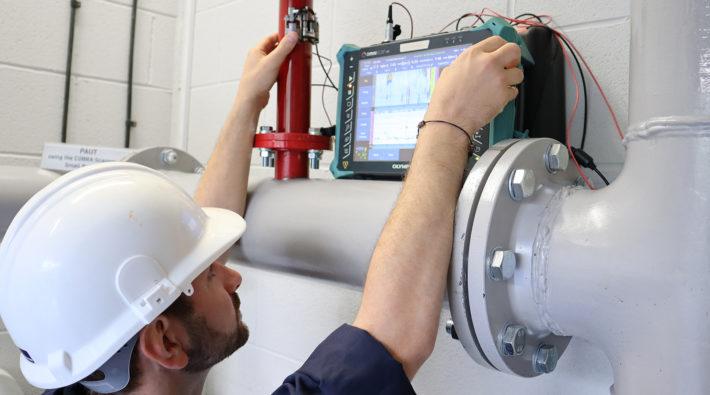In the realm of quality assurance, inspection failures are a critical concern that can significantly impact the overall performance and reliability of a product or system. One common cause of these failures is frequency errors, which can occur in various inspection processes. Understanding these errors and how they affect inspections is essential for industry QA professionals aiming to maintain high-quality standards.
Frequency errors refer to discrepancies that arise when there is a mismatch between the expected frequency parameters and those utilized during an inspection. These errors can lead to inaccurate results, potentially causing defects to be overlooked or misidentified. Addressing these issues is pivotal for ensuring that inspection processes yield reliable outcomes.

What Are Frequency Errors?
Frequency errors occur when the frequency at which an inspection tool operates does not align with the designated frequency for a specific inspection task. This misalignment can result in inspection failures due to the inability of the tool to accurately detect or measure the intended parameters.
Types of Frequency Errors
- Low-frequency errors: These occur when the inspection tool operates at a lower frequency than required, leading to insufficient data collection or analysis.
- High-frequency errors: These happen when the tool operates at a higher frequency than necessary, potentially causing unnecessary data noise or misinterpretation.
Causes of Frequency Errors in Inspections
Various factors can contribute to frequency errors, leading to inspection failures. Some of the most common causes include:
1. Calibration Issues
Calibration is crucial for ensuring that inspection tools operate accurately. Improper calibration can result in frequency errors, affecting the tool’s ability to perform precise inspections. Regular calibration checks are necessary to mitigate this risk.
2. Equipment Wear and Tear
Over time, inspection equipment may experience wear and tear, impacting its frequency settings. Routine maintenance and timely replacement of worn-out parts can help prevent frequency errors from occurring.
3. Environmental Factors
Environmental conditions, such as temperature and humidity, can influence the frequency at which inspection tools function. Proper environmental controls are essential for maintaining consistent and accurate inspection results.
Impact of Frequency Errors on Inspection Outcomes
The consequences of frequency errors in inspections can be far-reaching, affecting both product quality and safety. Key impacts include:
1. Inaccurate Results
Frequency errors can lead to inaccurate inspection results, potentially causing defects to go undetected or misclassified. This can compromise product quality and safety.
2. Increased Downtime
Frequent inspection failures due to frequency errors can result in increased downtime as additional inspections or corrective measures are needed to address the issues. This can lead to production delays and increased costs.
3. Compromised Safety
In industries where safety is paramount, such as aerospace or healthcare, frequency errors can pose significant risks. Ensuring accurate inspections is essential for maintaining safe operations and preventing accidents.
Strategies for Minimizing Frequency Errors
To reduce the occurrence of frequency errors, QA professionals can implement several strategies:
1. Regular Calibration and Maintenance
Regular calibration and maintenance of inspection tools are essential to ensure they function at the correct frequency. Implementing a routine maintenance schedule can help prevent frequency-related issues.
2. Training and Education
Training personnel on the importance of frequency settings and proper equipment usage can minimize human errors that contribute to frequency mismatches.
3. Advanced Inspection Technologies
Adopting advanced inspection technologies equipped with automatic frequency adjustment features can enhance accuracy and reduce the likelihood of frequency errors.
For more insights on advanced inspection technologies, you can visit Innovations in Synchronization Technologies.
Conclusion
Understanding and addressing frequency errors in inspections is crucial for ensuring accurate and reliable results. By implementing regular maintenance, training, and advanced technologies, industry QA professionals can minimize the risk of inspection failures and maintain high-quality standards. For further information on determining inspection frequency and schedules, consider visiting this guide.

FAQs
What is the main cause of frequency errors in inspections?
The main cause of frequency errors is often improper calibration or equipment wear and tear, leading to misalignment between expected and actual frequency settings.
How can frequency errors impact product quality?
Frequency errors can lead to inaccurate inspection results, causing defects to be overlooked or misclassified, ultimately compromising product quality.
What steps can be taken to prevent frequency errors?
Implementing regular calibration, conducting routine maintenance, and adopting advanced inspection technologies are effective steps to prevent frequency errors.
This article contains affiliate links. We may earn a commission at no extra cost to you.
